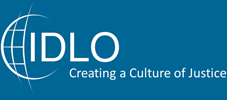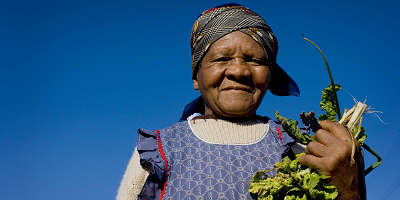
We live in a world of abundance, yet ensuring food security remains challenging. Women are responsible for more than half of global food production. Yet they account for 70 per cent of the world’s hungry and are disproportionately affected by malnutrition.
Achieving food security is not only a question of ensuring adequate food is available. It is primarily about ensuring equal access to food. But in many countries, laws and social norms have a discriminatory effect on women and are one of the most significant obstacles to their food security.
Land rights for women are a key part of the equation. A woman’s right to access land constitutes a powerful tool for her economic empowerment. Control over land and other productive assets enables them to generate an income, feed themselves and their families, and ultimately, break down systemic barriers to food insecurity.
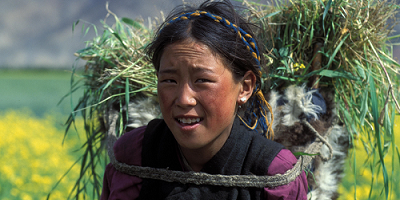
Gender equality and the realization of women’s rights go hand in hand. When women are empowered, they are better able to claim their right to food and to contribute to ensuring food security for others.
The rule of law can help make land rights for women more sustainable and contribute to the peaceful resolution of disputes. It can also help implement policies that are considerate of gender issues and empower women to become equal partners in decision-making.
IDLO’s report Women, Food, Land: Exploring Rule of Law Linkages looks at the challenges that affect women’s food security and land rights. It also lays out a roadmap to using the rule of law to overcome them through the following five steps.
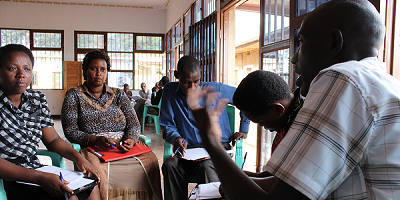
1) ENSURE PARTICIPATION
Enable women to participate in decision-making structures and in the governance of food systems, and include them in law-making processes. Effective participation is a critical tool for women’s empowerment.
2) IMPROVE WOMEN’S ACCESS TO JUSTICE
Support legal and policy reforms that enable women’s access to justice. This will allow them to claim their equal rights to food, social security, land and work, and to seek redress for violations of these rights. Engage with informal dispute settlement mechanisms to ensure they, too, are non-discriminatory.
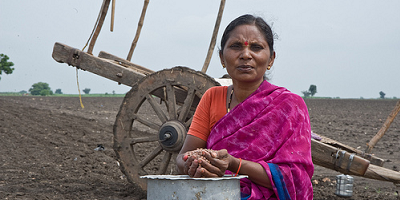 3) IMPLEMENT GENDER-SENSITIVE AND RESPONSIVE SYSTEMS
3) IMPLEMENT GENDER-SENSITIVE AND RESPONSIVE SYSTEMS
Ensure that each of the different components of food security, including labor laws and policies, social protection programs and agricultural and land administration systems, are aimed at securing gender equality and the right to food.
4) COORDINATE MULTI-SECTOR MEASURES
Make policies and legislation consistent across various sectors. Integrate food and nutrition policies not just into health planning, but also into other sectors that have an influence over food security – such as trade, taxation, rural development, education, intellectual property and investment.
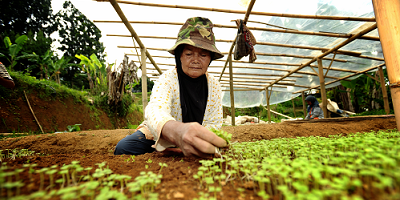
5) COLLECT AND SHARE RELEVANT DATA
Collect relevant data, disaggregated by gender, to inform and monitor food security programs and their impact. Systematically assess the impact of women’s participation for all policies and laws that influence women’s food security.
The challenges to food security, gender equality, land rights and the rule of law are formidable. As the world implements the UN 2030 Agenda for Sustainable Development, only by understanding how they are interlinked can we truly make sustainable development a reality for women.
Photo credit: Flickr_Kate Holt/Australia Aid, Flickr_Curt Carnemark/World Bank, Renee Chartres/IDLO, Flickr_ICRISAT, Flickr_Ricky Martin/CIFOR
